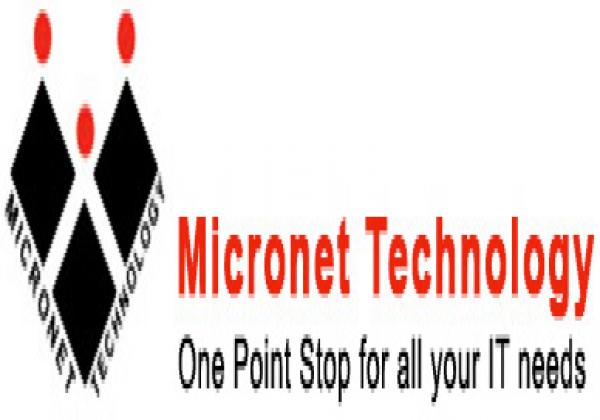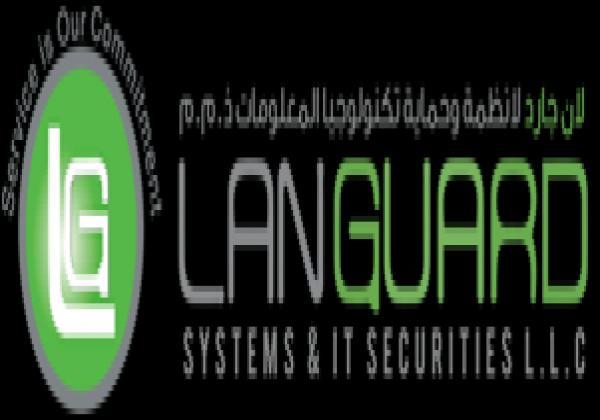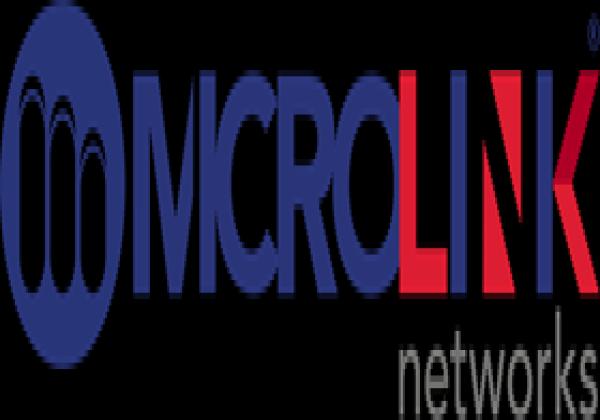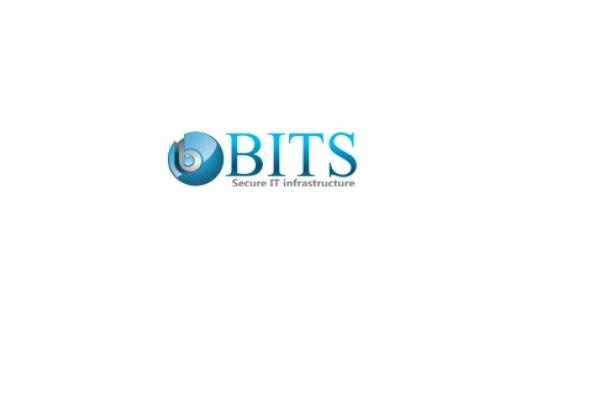Fiber optic distribution box Suppliers in Dubai,UAE

Micronet Technology
Phone: 0505648497
Emirate:Dubai, P.O.BOX:182415
Address:Office 102, Rifa Old Building, Opp Palm Beach Hotel, Khalid Bin Waleed St, Bur Dubai

LAN GUARD
Phone: +971 2 6329170
Emirate:Abu Dhabi, P.O.BOX:
Address:M01 Floor, Princess Jewellery Building, Khaleefa Street, Abu Dhabi, United Arab Emirates

Microlink networks llc
Phone: +97145561557
Emirate:Dubai, P.O.BOX:
Address:Boulevard Plaza Tower One, Level 3, Downtown Dubai, United Arab Emirates

Bits Secure IT Infrastructure LLC
Phone: +971 43282444
Emirate:Dubai, P.O.BOX:3282444
Address:SUNTECH Tower - Office 903 - Dubai Silicon Oasis - Industrial Area - Dubai - United Arab Emirates
A fiber optic distribution box, also known as an optical distribution box (ODB), is an enclosure used to house and protect fiber optic cable terminations, splices, and connections. They play a crucial role in organizing and managing fiber optic networks, particularly in Fiber-To-The-Home (FTTH) deployments.
Function:
Termination: Provides a point to terminate incoming feeder cables and connect them to outgoing drop cables for individual subscribers.
Splicing: Allows for joining and connecting different fiber optic cables using fusion splicing or mechanical splicing techniques.
Protection: Shields fiber optic components from dust, moisture, physical damage, and unauthorized access.
Distribution: Facilitates the efficient routing and management of multiple fiber optic connections.
Types:
Fiber optic distribution boxes come in various types, each catering to specific applications and environments:
Indoor ODBs: Designed for use inside buildings, typically made of plastic and offer protection from dust and limited moisture.
Outdoor ODBs: Built for harsh outdoor environments, constructed with weatherproof materials like metal or UV-resistant plastic to withstand extreme temperatures, rain, snow, and direct sunlight.
Wall-mount ODBs: Installed directly on walls for space-saving applications in buildings.
Pole-mount ODBs: Designed for mounting on poles or other outdoor structures, commonly used in aerial fiber optic deployments.
Features:
Capacity: Varies depending on the model, ranging from a few to hundreds of fiber optic ports.
Cable entry points: Allow for incoming and outgoing fiber optic cables to enter and exit the box.
Splice trays: Provide organized compartments for housing and protecting fiber optic splices.
Adapters and cassettes: Facilitate easy connection of fiber optic cables with different connector types.
Cable management: Include features like strain relief and cable routing guides to prevent cable damage and maintain organization.
Security: May incorporate locking mechanisms to restrict unauthorized access.
Applications:
Fiber optic distribution boxes are widely used in various FTTH applications, including:
Building terminations: Connecting the main fiber optic cable from the service provider to individual apartments or units within a building.
Street cabinets: Housing fiber optic terminations and splices for FTTH deployments in neighborhoods.
Enterprise networks: Distributing fiber optic connections within data centers, office buildings, and other commercial facilities.
Function:
Termination: Provides a point to terminate incoming feeder cables and connect them to outgoing drop cables for individual subscribers.
Splicing: Allows for joining and connecting different fiber optic cables using fusion splicing or mechanical splicing techniques.
Protection: Shields fiber optic components from dust, moisture, physical damage, and unauthorized access.
Distribution: Facilitates the efficient routing and management of multiple fiber optic connections.
Types:
Fiber optic distribution boxes come in various types, each catering to specific applications and environments:
Indoor ODBs: Designed for use inside buildings, typically made of plastic and offer protection from dust and limited moisture.
Outdoor ODBs: Built for harsh outdoor environments, constructed with weatherproof materials like metal or UV-resistant plastic to withstand extreme temperatures, rain, snow, and direct sunlight.
Wall-mount ODBs: Installed directly on walls for space-saving applications in buildings.
Pole-mount ODBs: Designed for mounting on poles or other outdoor structures, commonly used in aerial fiber optic deployments.
Features:
Capacity: Varies depending on the model, ranging from a few to hundreds of fiber optic ports.
Cable entry points: Allow for incoming and outgoing fiber optic cables to enter and exit the box.
Splice trays: Provide organized compartments for housing and protecting fiber optic splices.
Adapters and cassettes: Facilitate easy connection of fiber optic cables with different connector types.
Cable management: Include features like strain relief and cable routing guides to prevent cable damage and maintain organization.
Security: May incorporate locking mechanisms to restrict unauthorized access.
Applications:
Fiber optic distribution boxes are widely used in various FTTH applications, including:
Building terminations: Connecting the main fiber optic cable from the service provider to individual apartments or units within a building.
Street cabinets: Housing fiber optic terminations and splices for FTTH deployments in neighborhoods.
Enterprise networks: Distributing fiber optic connections within data centers, office buildings, and other commercial facilities.


